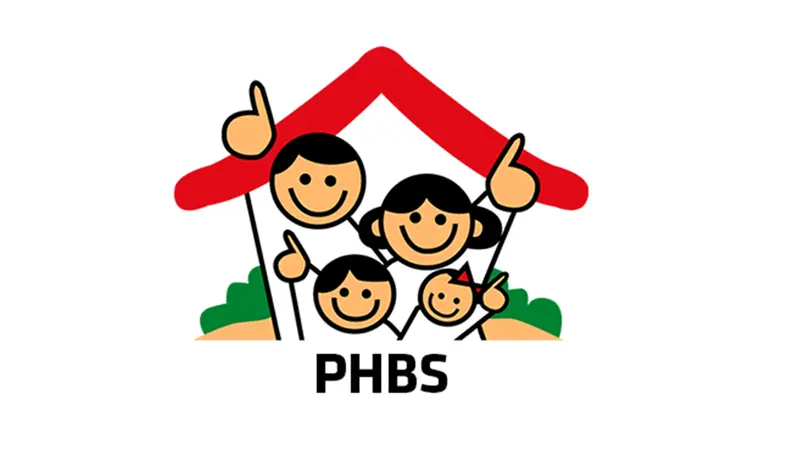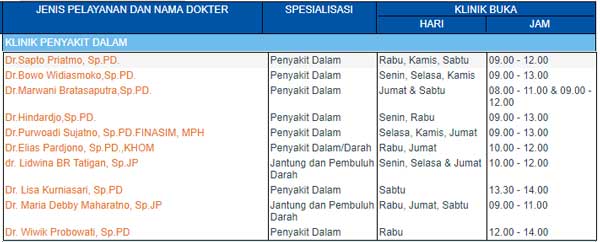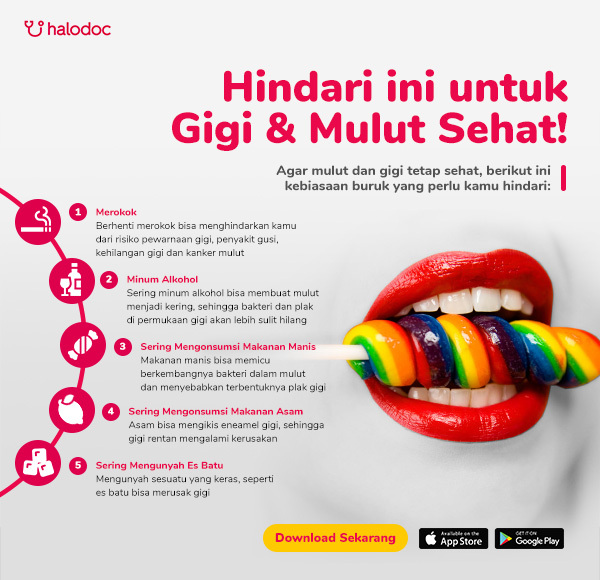The importance of having a logo for a Public Health and Behavioral Sciences (PHBS) initiative cannot be overstated. A logo serves as the visual representation and identity of the initiative, providing a recognizable symbol that embodies and communicates its core values, goals, and mission. In this article, we will discuss the significance of a logo for a PHBS initiative and provide guidance on designing an effective and impactful logo.
Importance of a Logo for a PHBS Initiative
-
Brand Recognition: A logo plays a crucial role in creating brand recognition for a PHBS initiative. A well-designed and distinctive logo can make the initiative stand out among other organizations, making it easier for people to recognize and remember.
-
Professionalism and Credibility: A logo gives an immediate impression of professionalism and credibility to the initiative. It shows that the initiative is serious about its mission and is dedicated to making a positive impact in the field of public health and behavioral sciences.
-
Visual Representation of Values: A logo provides an opportunity to visually represent the core values of a PHBS initiative. By incorporating relevant symbols, colors, and typography, the logo can convey the initiative’s commitment to promoting health, well-being, and behavioral change.
-
Consistency and Cohesion: A logo ensures consistency and cohesion across different communication channels and materials of the PHBS initiative. It helps create a unified visual identity that strengthens the overall brand image.
Considerations for Designing a PHBS Logo
-
Research and Understanding: Before designing a logo, it is crucial to conduct thorough research and gain a deep understanding of the PHBS initiative’s goals, target audience, and desired message. This knowledge will inform the design choices and ensure the logo effectively represents the initiative.
-
Simplicity: A simple and clean logo design tends to be more memorable and versatile. Avoid including excessive details or elements that may distract from the core message. Simplicity also ensures that the logo remains effective when scaled down to smaller sizes.
-
Relevance and Symbolism: Incorporate elements or symbols that are relevant to public health and behavioral sciences. Consider using symbols related to healthcare, community, prevention, or positive behavioral change to visually communicate the mission of the initiative.
-
Color Choice: Colors have psychological and emotional associations. Select colors that are associated with health, vitality, trust, and professionalism. Consider the target audience and their cultural contexts when choosing colors for the logo.
-
Typography: Choose a font that is legible, clean, and reflects the personality of the initiative. Avoid overly decorative or complex fonts that may be difficult to read.
-
Versatility: Ensure that the logo is easily adaptable to different mediums, such as websites, social media platforms, promotional materials, and merchandise. It should maintain its visual impact and clarity in various sizes and formats.
-
Test and Refine: After designing a logo, gather feedback from stakeholders, target audience, and design professionals. Their input can help identify areas of improvement, ensuring the logo effectively communicates the desired message.
In conclusion, a well-designed logo is vital for a PHBS initiative as it establishes brand recognition, enhances professionalism and credibility, visually represents core values, and ensures consistency. By considering research, simplicity, relevance, color choice, typography, versatility, and feedback, a compelling and impactful logo can be designed for the initiative.




